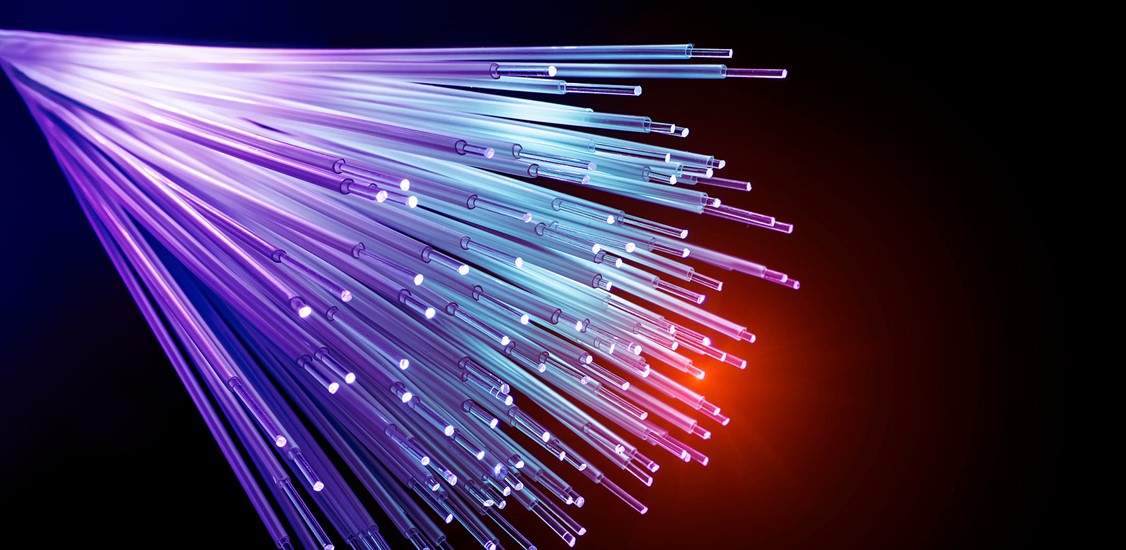Reliable and high-speed connectivity is now an absolute prerequisite. It empowers people, businesses, and whole nations to reimagine possibilities, and grounding its infrastructure are fixed broadband networks.
While connectivity’s potential globally is boundless, it’s in the Asia-Pacific where we will see them facilitate significant transformation. Already, the region’s rapidly growing population is gaining a more insatiable appetite for all things digital, and this demand is translating into significant potential, with total fixed communications service revenue projected to reach over US$400 billion by 2026.
Yet, these networks don’t just stand out for their potential. In fact – as observed over the past few years of a pandemic-stricken global economy – they were a lifeline for societies to function and stay connected. This wouldn’t have been possible without the evolution of fixed broadband networks over the past half-century.
As we look ahead to a future shaped by the internet economy and Industry 4.0, the continued – and layered – evolution of fixed broadband networks will be key to realizing our full potential. Here, network operators will play a catalyzing role in delivering the transformation.
Fiber for everything
Business has long been the great driver of telecommunications evolution. Though we can trace its modernization back to the Second Industrial Revolution with telephones, the ecosystem we’re more familiar with today took shape another century later.
Now fully in the Fourth Industrial Revolution, the focus is on blending the physical and digital realms. It also means that connectivity, as we know it, is being reimagined. It’s no longer just a tool to boost productivity and output; it is currently viewed as the critical infrastructure that connects everyone and everything.
Yet, how did we get here? There’s been the gradual enhancement of passive optical networks (PONs) conventionally used by network operators to deliver fiber access networks to end users. The difference now is that, due to recent advances, fiber broadband can do more than just fiber-to-the-home; it can now be leveraged to connect everything, such as homes, enterprises, smart factories, and smart cities.
PON networks can also be connected on the same fiber infrastructure, allowing operators to deliver all their services on a single, high-performance fiber network. This helps operators generate more revenue streams – and in the advent of a larger 5G ecosystem, introduce 5G cells more quickly – alongside reducing power consumption, and lowering the total ownership cost.
Building a network with infinite possibilities
The next evolutionary step is 25G PON (the 25 Gigabit Passive Optical Network). It’s now being seen as a crucial technology by today’s leading operators. They must now meet the ever-changing demand of today’s more digitally driven industries (especially with the mainstreaming of 5G), and in both cases, symmetrical connections (meaning the ability to deliver both upstream and downstream connectivity) are crucial. Here, leveraging 25G PON not only provides a network upgrade path that is cost-effective, but is also timely.
As more operators explore the infinite possibilities that 25G PON fiber can provide, it’s essential to understand what they require from evolved networks concerning their customers’ actual needs. Operators must hence consider harnessing optical networks based on the following:
- Scale: PON is far simpler and cheaper to scale than point-to-point fiber, as new connections are added from the nearest splitter rather than all the way from the central office
- Resiliency: Fiber is already robust and very resistant to outside factors (i.e., water, corrosion) and electromagnetic disturbance – a critical advantage over wireless or copper wiring, especially in industrial environments
- Latency: Sub-1ms latency is of increasing importance for a growing number of applications. PON can deliver the low latency required by these applications
- Security: PON uses multiple methods to separate, encrypt and secure data on the network providing mission-critical security, on par with dedicated point-to-point fiber connections
The potential for 25G PON technology is already seen in its ability to support the increasing demand for high-quality video streaming (via services such as Netflix, Amazon Prime, and Disney+). Concurrently, devices that can support high-quality streaming are becoming cheaper and more accessible (4K-ready TVs and PC monitors are becoming the industry standard).
Content quality is ever rising, so the need for fast and reliable broadband has never been greater. As 25G PON technology can provide significantly higher bandwidth and capacity than earlier technologies, it’s primed to support streaming 8K video and beyond – delivering even more immersive and seamless viewing experiences.
Beyond exciting consumer experiences, industries will also need to future-proof their networks to accommodate emerging technologies. 5G is the game changer for empowering such applications, yet 5G networks require not only higher speeds and lower latency, but also a denser network infrastructure, with small cells and other connectivity points spread throughout urban and rural areas.
By investing in 25G PON networks that can support these requirements, operators can unlock the full potential of 5G-powered applications, giving their customers an edge when fully partaking in the digital-first future.
Gearing up for the future
There are already many use cases of how 25G PON fiber has greatly expanded enterprise connectivity. While it’s gaining ground in emerging markets like Southeast Asia, it’s important to note that evolution is not purely about handling volumes.
Already, 50G PON (the next generation after 25G) is in the works, but its deployment potential is still limited. It will only reach cost-efficiency with volumes by the end of this decade. In contrast, 25G PON is already mature and available as it has a head start in leveraging optical technologies and components for the currently booming world of data centers – making it far easier to deploy and manage.
Essentially, both will succeed; the difference is that 25G is now while 50G is the future. We’re excited to work with operators across the region to realize both the near- and long-term futures that PON fiber provides.






















